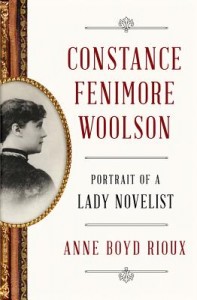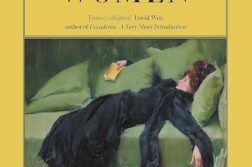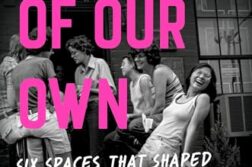Published in: November-December 2016 issue.
C onstance Fenimore Woolson:
onstance Fenimore Woolson:
Portrait of a Lady Novelist
by Anne Boyd Rioux
Norton. 392 pages, $32.95
IF WRITER Constance Fenimore Woolson (1840-1894) is remembered today, it is usually for her close friendship and literary rivalry with Henry James. Both writers had made a pact early in their friendship to burn their correspondence, and much of their relationship remains wreathed in mystery. They “cared deeply” for each other, says Anne Boyd Rioux in this new biography, and it is known from letters that Woolson sent to family and friends that she eventually referred to him as Harry. It’s unknown whether he called her Connie, as her family did.







